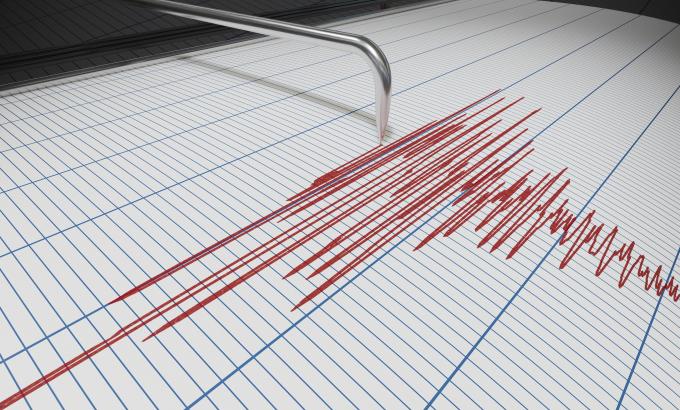Due to the current COVID-19 crisis, all North American ski resorts are now closed — but people are still skiing the backcountry. Over this last weekend (March 27-29), the Utah Avalanche Center reported 42 human-triggered avalanches within a period of 5 days in the Wasatch mountains. That's A LOT of avalanches in a very short timeframe, several of which resulted in burials.
Is it possible that due to the pandemic, more people are venturing into the backcountry than before? And just how many of these backcountry users are entering into avalanche terrain with the proper gear, knowledge, and education?
We wanted answers to these sorts of questions so we reached out to the director of the Utah Avalanche Center, Mark Staples. The UAC is an organization that makes avalanche forecasts and provides education and awareness for backcountry users in the state of Utah and beyond. On a daily basis, the UAC interacts with local ski resorts, Utah Department of Transportation, ski guide operators, search and rescue, law enforcement, and event organizers to share up-to-date information and training.
 |
A photo of one of the 42 skier-triggered avalanches that occurred in the Wasatch last weekend. Photo by Utah Avalanche Center/Instagram
|
Staples then added that local ski shops have been selling larger quantities of backcountry ski gear than before the resort closures. This is both reassuring yet concerning. Having the proper gear is essential when entering into avalanche terrain, however, it is possible that not everyone knows how to use it properly, like when conducting a beacon search for a burial victim.
According to Staples, the ability to share news of an avalanche by the average person is now so readily accessible that it greatly promotes awareness among backcountry ski communities. A lot of skiers/riders film their descents, and unfortunately, do record themselves getting caught in avalanches from time to time. On March 27, 2020, a skier was caught in a large slide on Mount Superior that carried him 2,200 vertical feet down the mountain at a maximum speed of 77 mph. "It's something we talk about a lot in our education, that avalanches can get going really fast, and it turns out he had the data to prove it," Staples said.
I talked to Jared Inouye, the skier caught in the Mount Superior avalanche on March 27. He was courageous enough to describe in detail the events leading up to the avalanche and his learnings from it.
"As someone who has experienced the consequence of an avalanche, I just hope that that will somehow translate to people so that they make better choices," Inouye said in an interview with SnowBrains.Inouye was buried in the March 27 avalanche but was able to dig himself out. Thankfully, he was uninjured.
As temperatures rise and fluctuate, rapidly changing springtime conditions are something all of us backcountry users should be vigilant of. Mark Staples said that there is a good chance the Wasatch will see more big storms throughout the remainder of the season and that the snowpack can change very quickly — within even the span of a day. On top of a worldwide health crisis, no one wants to be caught in an avalanche. Staples shared his thoughts on how right now might be the time to "dial it back a little bit," and to ski more conservatively.
"Get out for some exercise, enjoy the mountains, but maybe put off those bigger, more ambitious objectives for another time," Staples said.Like many of us during these challenging times, the UAC is taking things one day at a time. As of right now, the UAC still expects to continue making avalanche forecasts for the remainder of the season.
Fortunately, there are still several ways you can learn about safe travel techniques in avalanche terrain such as the Know Before You Go and other online learning resources that can be found on the UAC homepage. Stay healthy and stay safe out there.
 |
| A skier-triggered avalanche on Mount Superior from March 27, 2020. Photo by Jared Inouye. |







